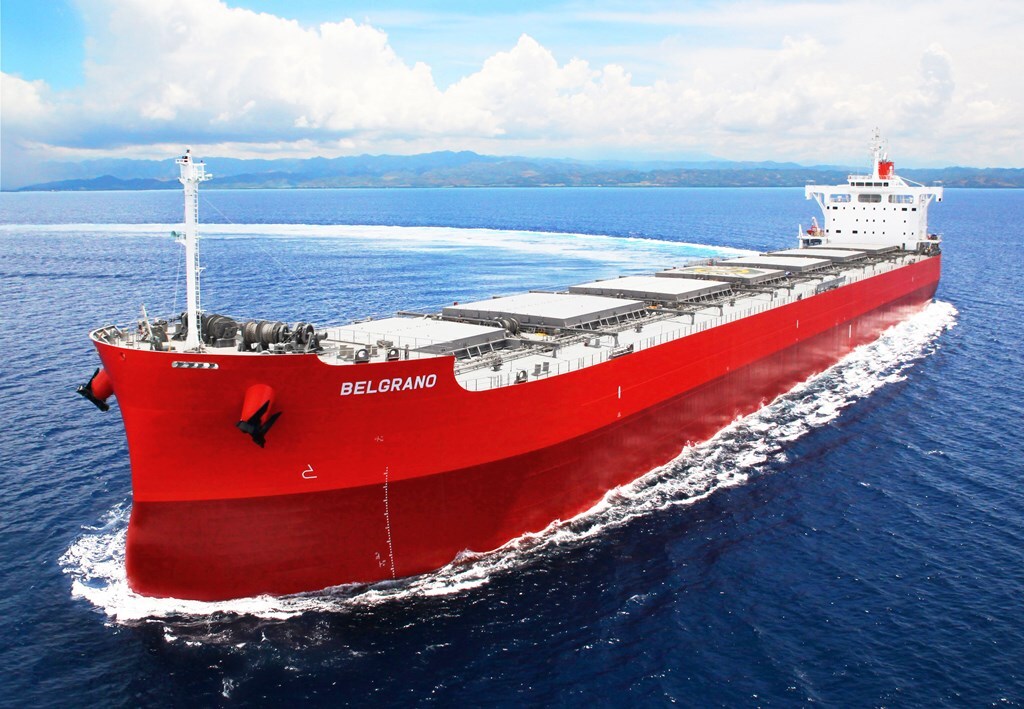Eco Marine Power is preparing to put its rigid solar energy sails through their paces next year. Unlike some other proposals for reviving the use of sails in commercial shipping, the EnergySail from Eco Marine Power (EMP) can harness the power of the wind and sun at the same time, for high-efficiency transport on the high seas.
Made of either high strength steel or carbon fiber, the EnergySail is a rigid sail sitting on a rotating pole, mounted on the deck of a ship. Solar panels embedded in the sail, along with panels mounted on the deck, are used to augment the power usually provided by auxiliary generators. When conditions get rough, the sails can be lowered and stored out of harm's way.
When the ship is sitting in port, the EnergySails can also be used to collect energy. It'll be stored in a battery and used for zero-emissions operation of its electrical systems. EMP is also planning a version of the sails capable of collecting solar power when lowered.

The company is currently conducting a feasibility study in tandem with Hisafuku Kisen K.K, working to estimate the amount of propulsion a rigid sail system could provide each ship in its fleet. The amount of solar power each shipping route would provide is also being taken into account. One ship will be chosen for a proper 12 - 18 month sea trial, set to take place next year.
The trial ship will be fitted with EnergySails, solar panels on the decks, battery storage and all the requisite energy management hardware. When used together, EMP says the setup will deliver better fuel consumption, lower air pollution and CO2 emissions. By extension, that should also mean lower fuel costs for global shipping operators.
"It's great that we are able to co-operate with Hisafuku Kisen and we very much appreciate their cooperation in helping us move this important project towards sea trials," says Greg Atkinson, Chief Technology Officer and Founder of Eco Marine Power. "We also appreciate the support of our strategic partners and together we believe Aquarius MRE will pave the way towards the widespread adoption of renewable energy on ships."
Source: Eco Marine Power





